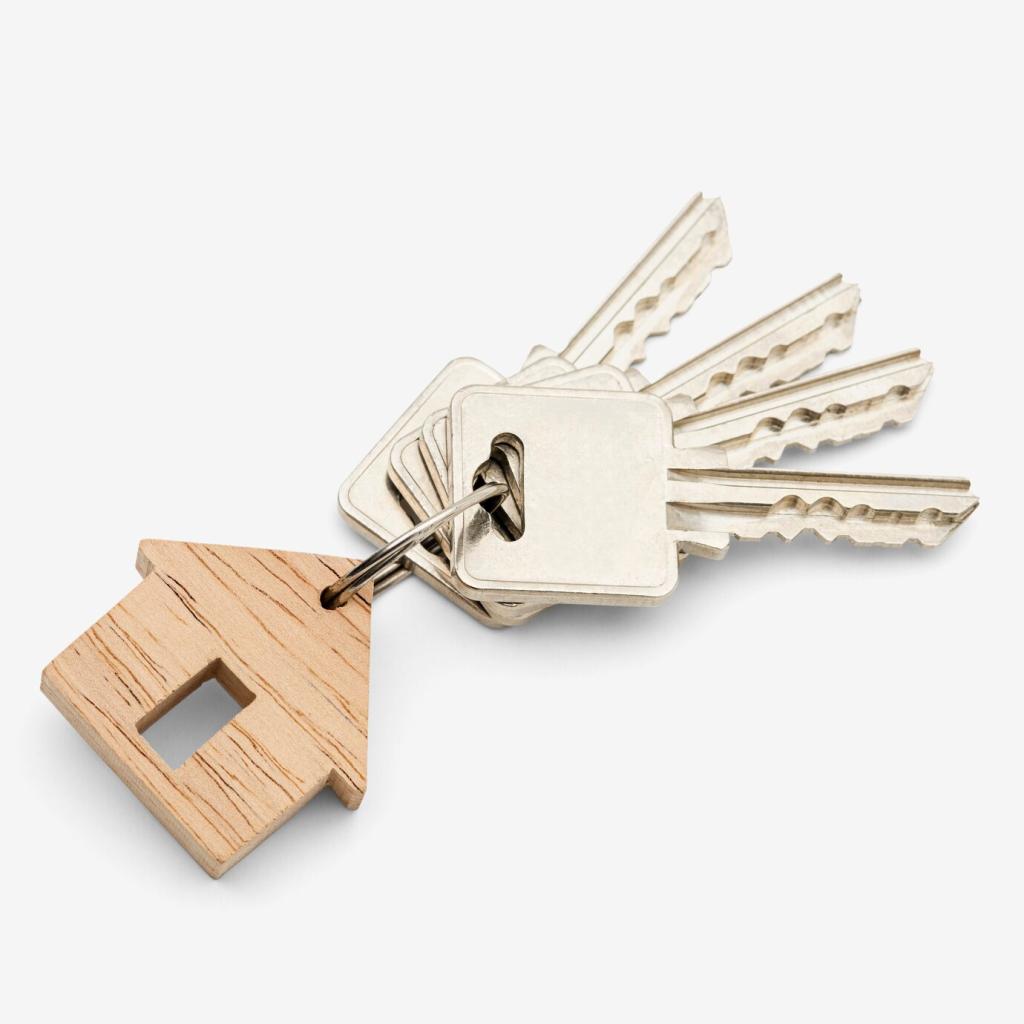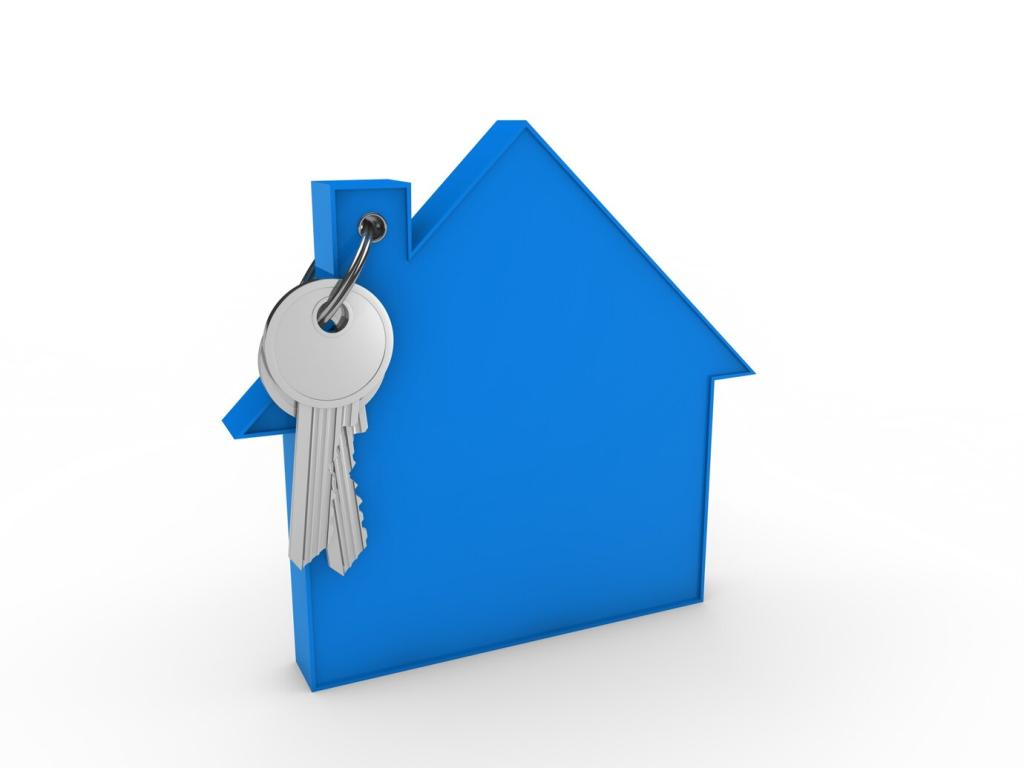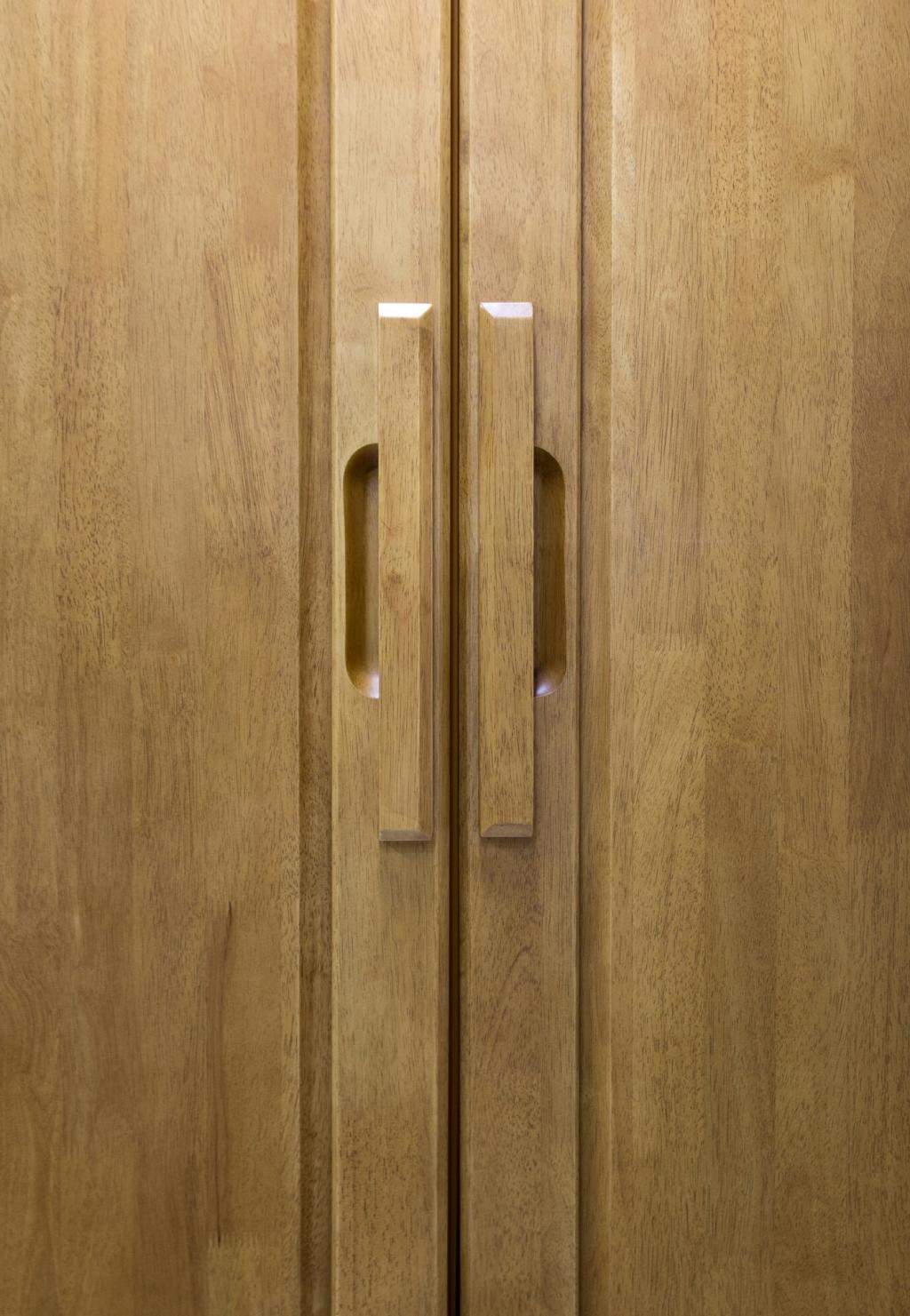
Installation Tips for Steel Home Safes: Ensuring Maximum Security
Chosen theme: Installation Tips for Steel Home Safes: Ensuring Maximum Security. From smart placement to rock-solid anchoring, this guide helps you install your steel home safe for real-world protection. Read on, ask questions in the comments, and subscribe for future deep dives.
Choosing the Right Location for Your Steel Safe

Concealment vs. Accessibility
Balance quick reach with stealth. Burglars rush through predictable spots like the primary bedroom closet, so consider under-stair alcoves, a home office corner, or a basement utility wall. Practice opening the door while standing naturally to ensure the handle and keypad feel intuitive every time.

Structural Support and Load
A steel safe concentrates weight on small footprints. Verify the floor can handle static load and door-swing forces. Over wood, locate joists or add blocking. Over concrete, check for post-tension cables. If unsure, consult a contractor before the first pilot hole.

Environmental Risks and Fire Considerations
Keep distance from water heaters, laundry machines, and exterior walls that sweat in winter. Avoid running water lines and floor drains. In wildfire zones, prefer interior locations. Add a dehumidifier rod and hygrometer to protect contents, then share your humidity tips with fellow readers.

Mapping Utilities Before Drilling
Scan for studs, wiring, and pipes using a multi‑mode detector with AC alert. Mark pathways and verify with a small pilot hole where safe. A neighbor once punctured a radiant floor loop—hours of cleanup later, they swore by scanning every square inch before drilling.
Moisture Barriers and Corrosion Control
Lay a vapor barrier and a rubber or neoprene mat to separate metal from concrete. Seal drilled holes with rust‑inhibiting paint. Inside the safe, add desiccant and a dehumidifier rod. Tell us which moisture solutions worked best for your climate, so others can replicate success.
Sound and Vibration Damping
Neoprene pads under corners reduce vibration and noise when opening or closing. They also help the safe sit level on imperfect floors. This small upgrade feels dramatic during late‑night access, keeping the household undisturbed and your routine discreet.
Installing with Safety and Compliance in Mind
Some associations restrict drilling in shared slabs, and insurers may offer discounts for professionally anchored safes. Call ahead, note guidance, and save emails. If your slab is post‑tensioned, get professional clearance before drilling anywhere near tendons.


Installing with Safety and Compliance in Mind
Use a pallet jack, stair climber, or moving straps—and never place hands under the base. Keep the center of gravity low, protect thresholds, and team‑lift. One reader’s most valuable tip: stage the landing zone and open the path before the safe arrives.

Battery vs. External Power
Quality battery locks are reliable with routine replacements and a calendar reminder. If using external power for lighting or a dehumidifier, route cables through designated pass‑throughs only, never drilling new holes that could weaken fire or security ratings.

Clean Cable Management and Tamper Resistance
Use grommets and conduit to prevent abrasion, then secure slack to avoid pinching near the hinge. Consider tamper switches or a small interior sensor that alerts your security system if the safe shifts. Share how you integrated power without messy cables.
Post‑Installation Security Checks and Maintenance
After 24 hours, re‑torque anchors and confirm the safe sits level to prevent hinge stress. Repeat every six months or after seismic events. Mark bolt heads with witness paint so micro‑movement is obvious during quick visual inspections.
Post‑Installation Security Checks and Maintenance
Place discrete witness marks at the base, track humidity on a small log, and consider a tilt or vibration sensor. If anything changes unexpectedly, investigate immediately. Comment if you’ve found clever tamper indicators others should try at home.




Real‑World Lessons and Community Tips
A homeowner anchored with four wedge anchors into solid slab and added front anti‑pry shims. Thieves brought a dolly but left empty‑handed after noisy, fruitless prying. The insurance adjuster later praised the meticulous documentation and hardware choice.
Real‑World Lessons and Community Tips
One reader framed a small closet under the stairs, lined it with plywood, and anchored the safe through blocking. Delivery folks thought it was a cleaning cupboard. Smart placement beats flashy decoys—tell us your favorite concealment wins.
